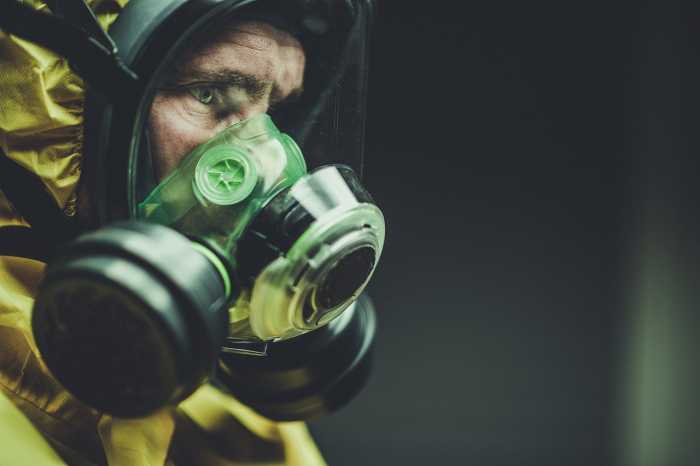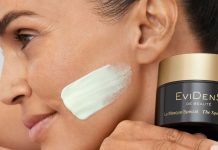Think back to 2019. Though it was not so long ago, we’re living in an entirely different world now – a world that requires us all to consider and use personal protective equipment (PPE), particularly masks. The problem is, after months of debate and contradictory information, many people don’t know what type of mask to choose. That’s okay! It’s even to be expected. By considering these factors, you can ensure that you’re wearing PPE that suits your needs.
Mask Styles 101
One of the biggest debates when it comes to masks is which material offers the most protection. Surgical masks are the preferred choice for anyone with an active infection, even if it’s asymptomatic, while individuals without COVID-19 can wear hygienic masks – clean fabric masks that cover the nose and mouth. The mask should be snug, but comfortable, without too much space around it. If you pick an uncomfortable mask for daily wear, you may not be as vigilant about wearing it, which defeats the purpose.
What About N95 Masks?
When the pandemic started, before we knew very much about coronavirus transmission and risk, N95 masks were all over the news. Why isn’t anyone talking about them now? The fact is, N95 masks, which may also be labeled with the Chinese manufacturing classification KN95, remain important, but most people don’t need them for daily wear. That’s because, if not worn correctly, N95 masks – named for their ability to filter out 95% of particles – don’t work well if not fitted correctly.
Based on these factors, the general consensus is that KN95 masks should be reserved for medical professionals and others at high risk. Public-facing businesses may also want to purchase KN95 masks and other PPE to protect their staff.
Material Matters

The majority of people only need to wear fabric masks in order to prevent transmission of an infectious dose of COVID-19 particles, but not all fabric masks are created equal. Homemade masks, for example, are widespread right now, but vary widely in terms of makeup, thickness, and effectiveness. Additional features such as a bendable metal nose bridge can also make masks more effective by improving their fitness.
The basic guidelines for homemade or even store-bought fabric masks are that they should have at least two layers of fabric for optimal protection, though three layers are better. They also need to be a good fit for your face, so children need smaller masks if those masks are going to be effective.
Other research into mask materials have determined that 100% cotton doesn’t do a great job protecting from COVID-19 transmission because the weave isn’t tight enough. Better choices include tea towers, repurposed flannel, and cotton blends. Placing a moisture-wicking athletic fabric on the inside can prevent fogging, provide added protection, and make masks more comfortable, especially for longer wear of if you’ll be talking a lot while wearing it – for example, if you’re a teacher.
Don’t Fall For Myths

When it comes to mask use, the most important issue right now is consistency. People need to wear masks any time they’re in public, including when socializing outdoors and following other social distancing guidelines. That also means people need to see through different falsehoods surrounding mask use, such as the myth that masks decrease oxygen saturation. If masks were dangerous, people like surgeons and firefighters would never be able to do their jobs and there are very few people over age 2 who can’t safely wear a standard mask, even for extended periods.
Wearing masks may continue to seem strange and even disconcerting to many Americans, for whom the practice is unfamiliar, but it’s important to take it seriously. So, grab your mask and stay positive. We’re all in this together, and wearing a mask is part of showing solidarity.












